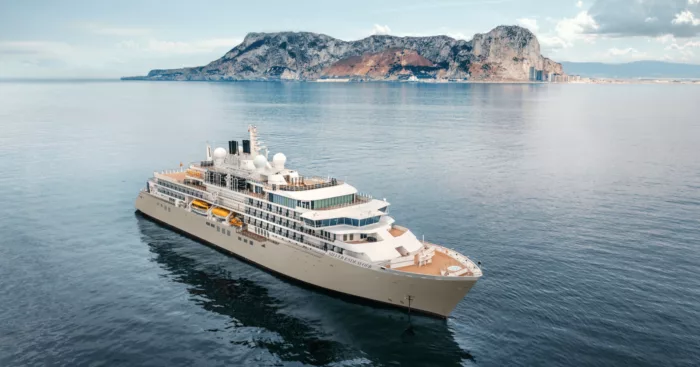Visiting:
Wellness should be about balanced indulgence, not self-sacrifice - that's the philosophy behind Silversea's new programme called Otium, named after the Roman leisure time dedicated to bathing, talking, singing, drinking, eating and relaxing. The easygoing regime includes a 24-hour room-service menu of comfort food, as well as new spa treatments, relaxing baths and hot chocolate served on your balcony.









Designed for polar exploration, Silver Endeavour is the new definition of luxury expedition travel.
We’re proud to announce that our newest addition has joined the fleet. Silver Endeavour revolutionises our expedition voyages and allows deeper travel to some of the planet’s farthest-flung coasts. Her statistics speak for themselves: unrivalled, industry-leading crew-to-guest, zodiac-to-guest, and expert-to-guest ratios, cutting-edge navigation and exploration technology, and hallmark Silversea comfort make her the most luxurious expedition ship ever built.







